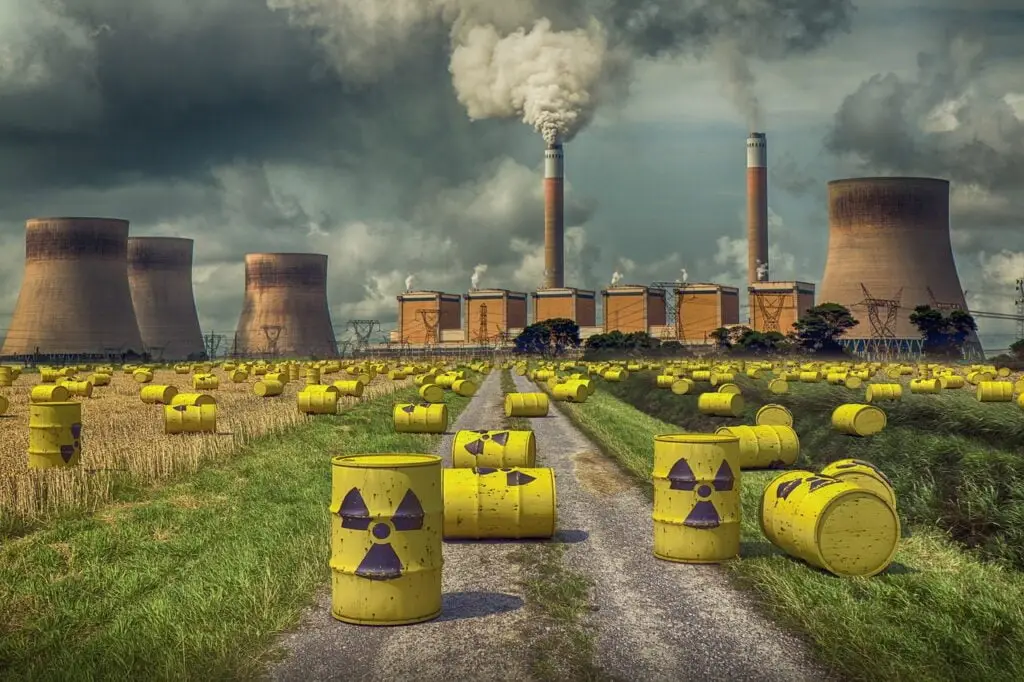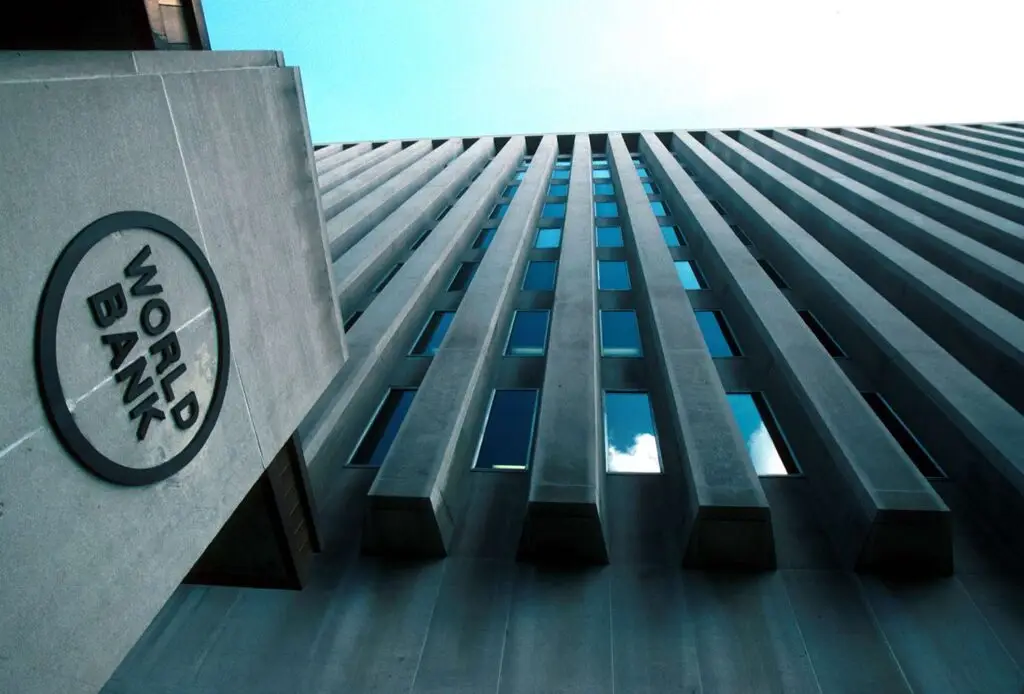
SAN JOSE – The world stands on the brink of a critical threshold. According to a new report from the World Meteorological Organization (WMO), there is an 80 percent likelihood that the annual average global temperature will temporarily exceed 1.5°C above pre-industrial levels for at least one of the next five years. This unsettling forecast serves as a grim reminder of the urgency required to address climate change, as it pushes us closer to the goals set forth in the Paris Agreement.
Approaching the Paris Agreement Threshold
The Paris Agreement, adopted in 2015, aims to keep the long-term global average temperature rise well below 2°C above pre-industrial levels while pursuing efforts to limit the increase to 1.5°C. These goals are intended to prevent the most catastrophic impacts of climate change. However, the WMO’s Global Annual to Decadal Climate Update underscores the increasing difficulty of staying within these limits.
The report indicates a high probability that at least one year between 2024 and 2028 will break temperature records, surpassing 2023, which currently holds the title of the warmest year on record. Specifically, the global mean near-surface temperature for each year in this period is expected to be between 1.1°C and 1.9°C higher than the 1850-1900 baseline.
Short-term vs. Long-term Warming
While the prospect of exceeding the 1.5°C threshold is alarming, it’s crucial to differentiate between short-term fluctuations and long-term trends. The WMO emphasizes that a temporary breach does not equate to a permanent failure to meet the Paris Agreement targets. The Agreement focuses on sustained temperature increases over decades, rather than annual variations.
Despite this distinction, the potential for even short-term exceedance highlights the increasing frequency and intensity of extreme weather events. The WMO’s Deputy Secretary-General, Ko Barrett, stresses that “we must urgently do more to cut greenhouse gas emissions, or we will pay an increasingly heavy price in terms of trillions of dollars in economic costs, millions of lives affected by more extreme weather, and extensive damage to the environment and biodiversity.”
Unprecedented Warming Trends
The likelihood of at least one of the next five years exceeding 1.5°C has been steadily increasing since 2015, when the probability was near zero. For the years 2017 to 2021, there was a 20% chance of surpassing this threshold, which rose to 66% for the period from 2023 to 2027. This alarming trend reflects the ongoing impact of greenhouse gas emissions, despite global efforts to reduce them.
The WMO report, produced by the UK’s Met Office, synthesizes predictions from various Global Producing Centres and other contributing institutions. This collaborative effort highlights the consensus within the scientific community about the trajectory of global warming.
A Call to Action
The release of this report coincided with a major speech by United Nations Secretary-General António Guterres, who called for more ambitious climate action ahead of the G-7 summit in Italy. “We are playing Russian roulette with our planet,” Guterres warned. “We need an exit ramp off the highway to climate hell. The battle to limit temperature rise to 1.5 degrees will be won or lost in the 2020s – under the watch of leaders today.”
Supporting evidence from the Copernicus Climate Change Service, funded by the European Union, reinforces this urgent call to action. The service’s data shows that each of the past 12 months has set new global temperature records for the time of year. The average global temperature for the last 12 months (June 2023 – May 2024) is also the highest on record, at 1.63°C above the pre-industrial average.
The Cost of Inaction
The consequences of failing to curb greenhouse gas emissions are already evident. Current levels of global warming are causing more extreme heatwaves, heavy rainfall events, and prolonged droughts. These changes are contributing to the reduction of ice sheets, sea ice, and glaciers, accelerating sea level rise, and increasing ocean temperatures.
Carlo Buontempo, Director of the Copernicus Climate Change Service, notes, “We are living in unprecedented times, but we also have unprecedented skill in monitoring the climate, and this can help inform our actions. This string of hottest months will be remembered as comparatively cold, but if we manage to stabilize the concentrations of greenhouse gases in the atmosphere in the very near future, we might be able to return to these ‘cold’ temperatures by the end of the century.”
The WMO’s latest report is a clarion call for immediate and sustained climate action. The potential for temporarily exceeding the 1.5°C threshold should not be viewed as a distant possibility but as an imminent reality demanding our attention. The scientific community has provided us with the tools and knowledge to avert the worst impacts of climate change. Now, it is up to global leaders and citizens alike to steer the planet toward a sustainable future.
As António Guterres aptly stated, “The good news is that we have control of the wheel.” The time to act is now. The decisions we make today will determine whether we succeed in safeguarding our planet for future generations.


